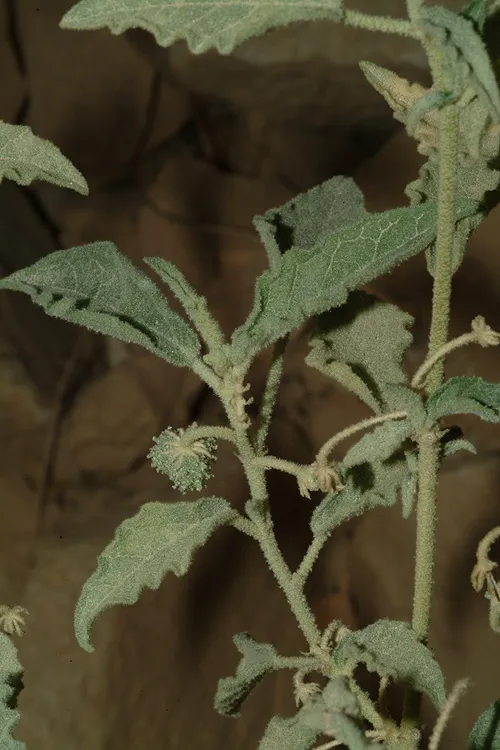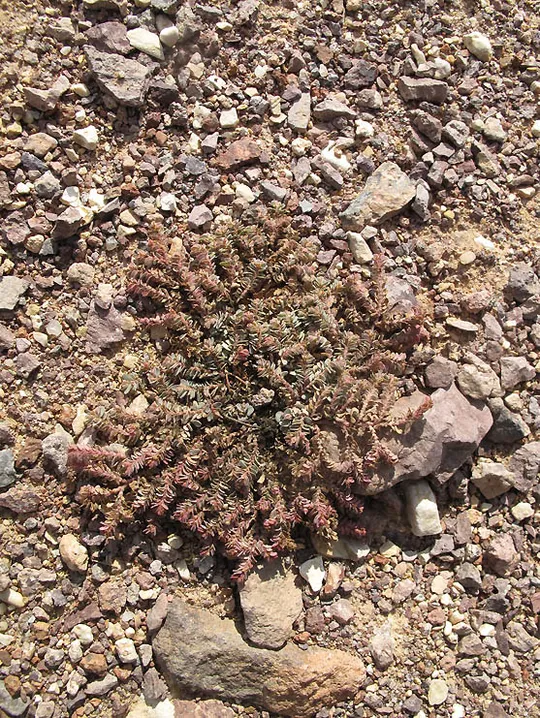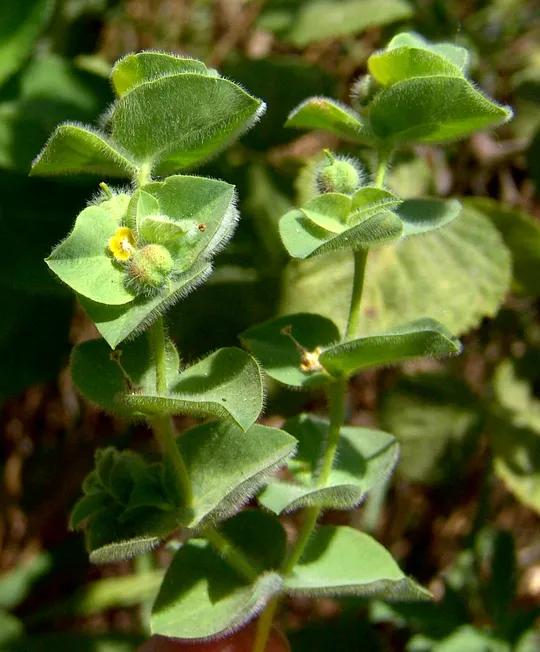Chrozophora plicata
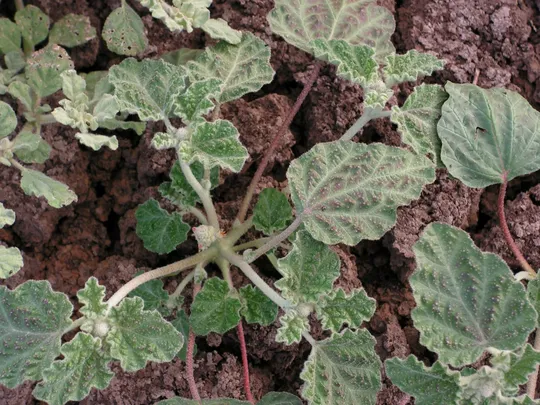
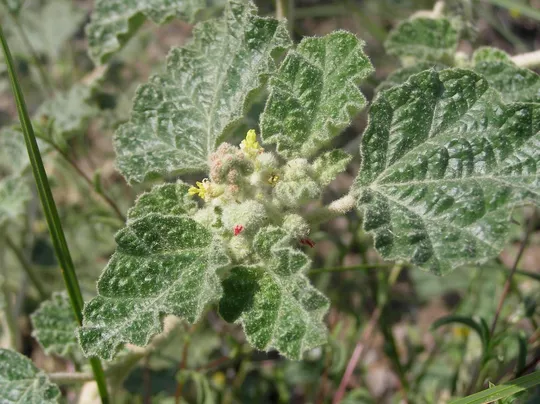
Chrozophora plicata grows in the Sharon, Pleshet and the
western Negev, in 17 documented sites. According to estimates, the plant may be
found at about 30 sites. In the Sharon, C. plicata was found in Ahu Binyamina, in the Hadera area and in Ya'ar
Pond,
Dora pond, Kfar Yedidia, Ga’ash pond and Herzliya pond (Bassa). The species is
extinct in the Yarkon Stream as well as in the Dan Region in northern Pleshet,
where it was recorded mainly in the 1920s. There is a single observation in
1994 from the Carmel Coast, near the Taninim Stream aqueduct (Shir Vered), but
was not found there in 1998. In recent years, the plant was found at several
new sites in Pleshet between Ashdod and Ashkelon (Oz Golan), in the Rehovot Pond
and south of the Ayanot (Liran and Kiel, 2009). Oz Golan recently found the
species in the Agur sands as a new plant for the northern Negev.
In
Israel – in flooded depressions in sandy areas, winter ponds and seasonal
puddles on the coastal plain and disturbed sites. In Africa – in savanna
grasslands, occasionally as a noxious weed in abandoned fields.
The genus Chrozophora
has 12 species that grow in tropical areas and in the Mediterranean Basin. Four
species grow in Israel. The most common species is C. tinctoria that
grows in the summer as a noxious weed in non-irrigated fields. The stems and leaves
of this species have a red sap that was once used in the past and today as
well, for coloring fabrics, baked goods and cheeses. It is differs from C. plicata in
its capsule, which is covered only in scales (no stellate hairs), a flower with 10 stamens and tuberculate
seeds.
•
There is a
noticeable decreasing trend in the number of Chrozophora plicata
sites: it probably extinct from the Carmel Coast and the northern Pleshet (Dan
Region) populations of has been destroyed by the urbanization of the last decades.
On the other hand, new sites have been recorded in recent years in Pleshet but
this is probably the result of a more thorough searching and careful surveys rather
than a new occurrence.
•
C. plicata populations
usually comprise a few to a hundred plants.
•
The species is
threatened mainly by creeping urbanization advancing towards areas with winter
pools and seasonal ponds located near urban settlements, and by the drying and
disappearance of the seasonal winter ponds habitat on the coastal plain due to
falling groundwater levels.
•
The only
declared Nature Reserve in which C. plicata is protected is
the Ga’ash Pond reserve. The populations in Ahu Binyamina, Ya'ar Pond, Dora Pond
and Rehovot Pond are located in proposed but not declared reserves. The
remaining sites are not included in nature reserves.
C. plicata is not globally endangered
nor does it appear in Red Book lists outside Israel.
Ahu Binyamina, Ya'ar Pond, Dora Pond and Rehovot Pond should
be declared nature reserves. Care should be taken to prevent settlement there
and not allow construction nearby in a manner that would disrupt water regimes
and their quality. Management should be directed at establishing a regime of
winter flooding and summer drying. The Herzliya depression ponds (the Bassa of
Herzliya) should be maintained as a nature site that will preserve the natural flora
and fauna elements.
Chrozophora
plicata grows in arid areas in tropical Africa and in South Africa. In the Middle East,
it is found in Egypt, Syria and the Arabian Peninsula.
Chrozophora
plicata is an
annual herb whose global distribution is in tropical countries. It grows in
Israel in seasonal winter ponds and in flooded sites in a few locations along
the coastal plain. The threat to this unique habitat is the main threat to the
continued existence of the species in Israel.
Current Occupancy Map
| 1000 squre meter pixel | 5000 squre meter pixel | 10000 squre meter pixel | |
|---|---|---|---|
| number of observations | 0 | 0 | 0 |
| in total pixels | 0 | 0 | 0 |
| Family | Euphorbiaceae |
| Classification | On the endangered species list |
| Ecosystem | Mediterranean humid |
| Chorotype | Sudanian and Tropical |
| Conservation Site | Dora Pond, Rehovot Pond |
| Rarity |
1
3
6
|
|---|---|
| Vulnerability |
0
3
4
|
| Attractiveness |
0
0
4
|
| Endemism |
0
0
4
|
| Red number |
1
3.7
10
|
| Peripherality | S |
| IUCN category | DD EW EX LC CR EN VU NT |
| Threat Definition according to the red book | Vulnerable |
 Based on:
Based on:
